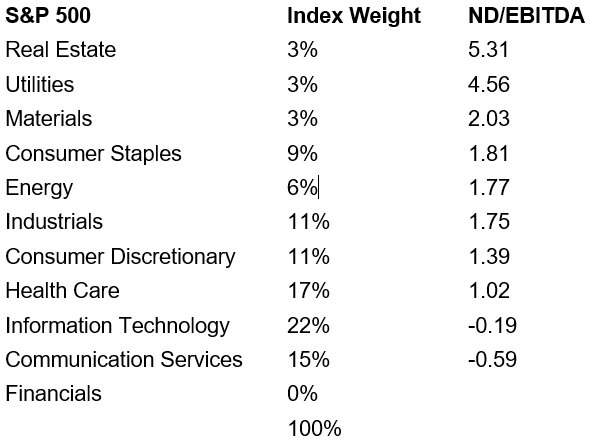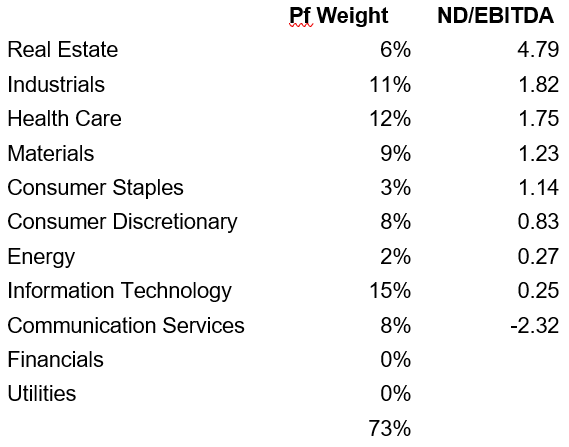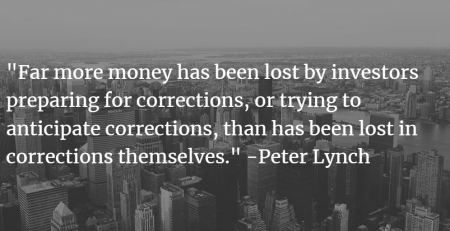Thanksgiving 2018: Thoughts on Corporate Debt Levels: Implications, Risks, and Concerns?

-
This cheap debt has in many cases not been used to invest in return producing assets, it has been used as a crutch to support weak cash flows.
-
As interest rates and bond yields rise, this debt becomes more expensive to finance and may cause many companies to find themselves in trouble.
-
The top 10 carriers of debt account for just over 22% of the total debt of the S&P. This includes companies such as GE, AT&T, Ford, and Verizon. It’s worth noting that even outside of the US, these are still some of the most indebted companies anywhere in the world.
-
These same companies account for just 13% of the index.
-
30% of the cash balance of the entire S&P is held by just 5 companies. These are names such as Microsoft, Apple, and Oracle.
-
These are all Technology or Communication Services firms (the new sector, which is basically Technology + Telecoms).
-
These 5 companies make up 17% of the weight of the index, so they are over indexing on cash by a factor of almost 2.



-
We carry less extreme leverage than the market at the top end, and more cash coverage at the bottom end. Lower leverage risk on both ends of the spectrum.
-
Remember again to look behind the headline numbers: our two highest levered companies are American tower (cell phone towers) at 4.8x and Equinix (data centers) at 4.7x. Both of these fall into the Real Estate sector, yet both are less economically sensitive than real estate as an asset class, and both also have substantial long-term growth drivers. These companies can comfortably carry high debt levels. In the case of American Tower for example, many of their revenue streams are linked to 20yr+ contracts, which are also inflation protected.
Disclosures: This blog expresses the views of the author as of the date indicated and such views are subject to change without notice. Globescan Capital, Inc. has no duty or obligation to update the information contained herein. Further, Globescan Capital, Inc. makes no representation, and it should not be assumed, that past investment performance is an indication of future results. Moreover, any information or opinions contained in this blog are not intended to constitute a specific recommendation to make an investment.
The information contained herein does not constitute and should not be construed as an offering of advisory services or an offer to sell or solicitation to buy any securities or related financial instruments in any jurisdiction. Certain information contained herein or linked to is based on or derived from information provided by independent third-party sources. Globescan Capital, Inc. believes that the sources from which such information has been obtained are reliable; however, it cannot guarantee the accuracy of such information and has not independently verified the accuracy or completeness of such information or the assumptions on which such information is based.






